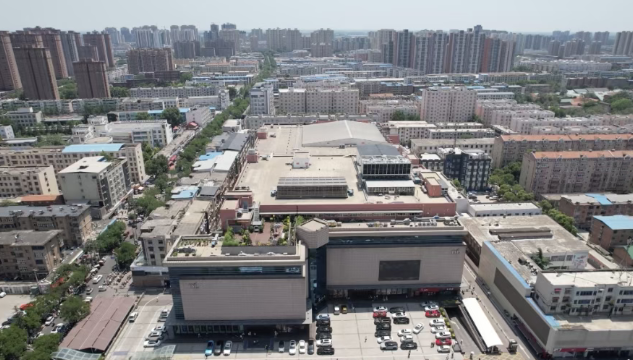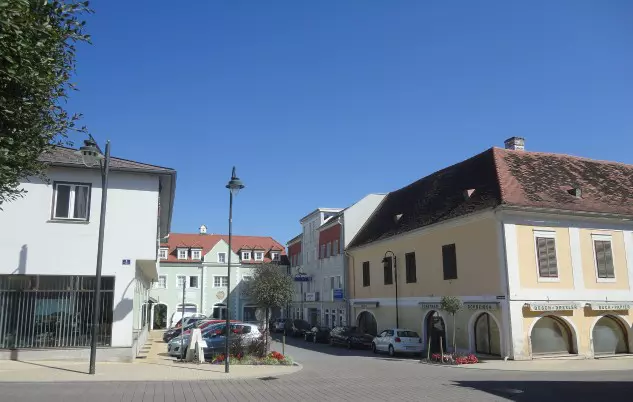As traditional taxis struggle to compete with ride-hailing apps and meet modern efficiency demands, Shenzhen Urban Transport Planning & Design Center Co., Ltd. (SUTPC) has partnered with Bus Group, Xihu, and city authorities to build China’s pioneering smart mobility platform dedicated exclusively to taxis — ‘SZ Sit in Taxi’. This article explores how this vertical-specific solution aims to revitalize the industry, enhance service quality, and boost public trust in urban transit. The article is provided by our media partner 7ITSNEWS.
In a city that often leads China’s digital experiments, Shenzhen has once again raised the bar. With the launch of “SZ Sit in Taxi,” the country’s first dedicated smart taxi platform, the city is testing what Cruising-Network Synergy really means for urban mobility. The goal is simple yet ambitious: blend the tradition of street-hailing with the intelligence of data-driven networks.
Reinventing the Taxi Experience
The platform takes a sector often seen as resistant to change and places it firmly in the age of AI, cloud, and big data. Passengers no longer have to guess routes or hope lost items reappear. Instead, they get real-time visibility, digital receipts, pre-set destinations, and faster complaint handling — all through a WeChat mini-program.

Why Cruising-Network Synergy Matters
At full scale, the system will cover 22,000 taxis across Shenzhen, merging online booking with on-street pickups and smart scenario dispatching. This Cruising-Network Synergy model offers:
- Transparency via shared driver-passenger dashboards.
- Efficiency through predictive dispatch at transport hubs.
- Accountability with ratings feeding directly into company oversight.
Beyond Convenience: A Platform for People
The innovation doesn’t stop at efficiency. Dedicated services — from “Elderly Assistance” rides to extra support during Gaokao exam days — show how mobility platforms can adapt to human needs, not just operational ones. For drivers, intelligent order allocation and hotspot data mean fewer wasted miles and better earnings. For companies, digital oversight lowers costs and raises service standards.
What Comes Next
Shenzhen’s experiment is more than a tech upgrade. It’s a glimpse of how urban transport can evolve when service models, not just technologies, are rethought. If successful, the platform may become a reference point not only for China but for cities worldwide seeking smarter, fairer, and more sustainable taxi systems.


